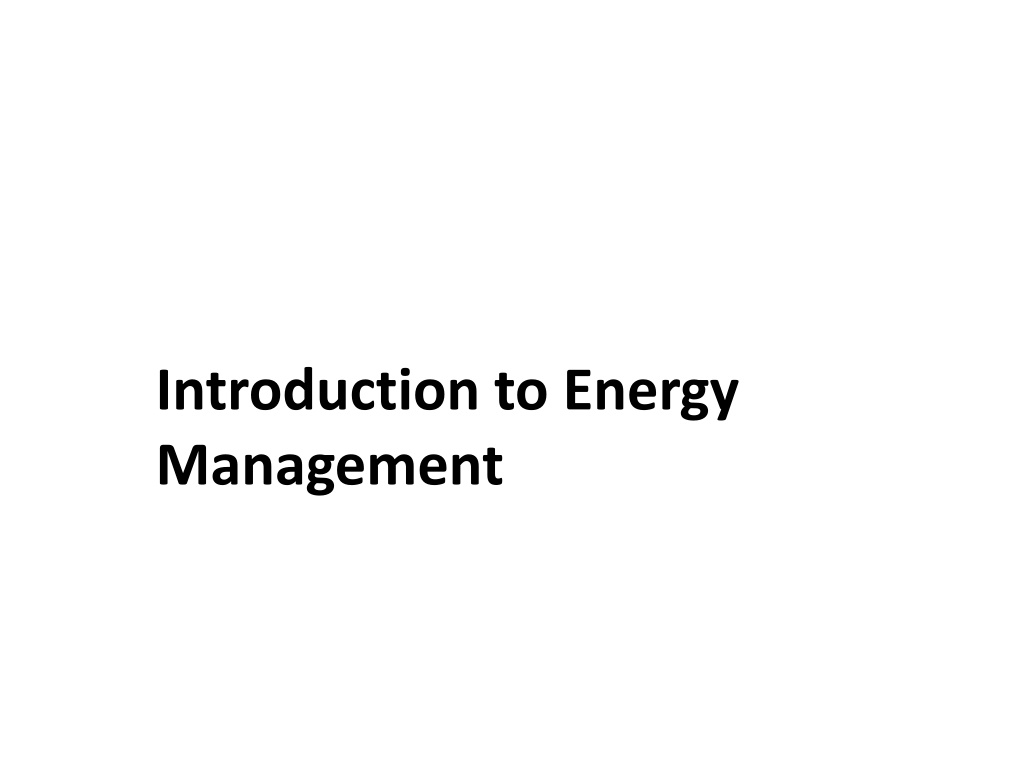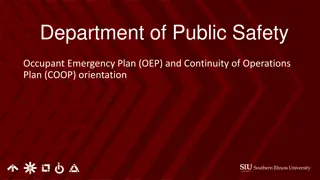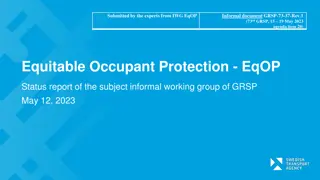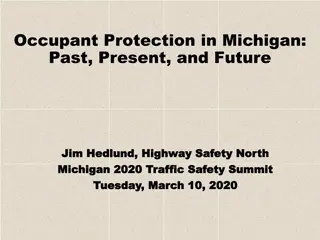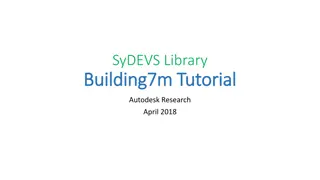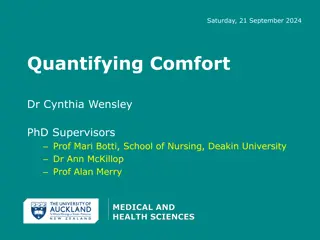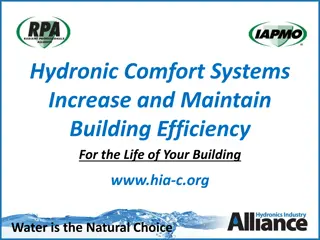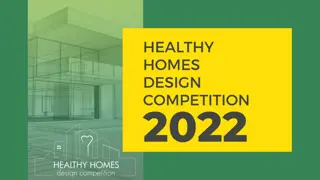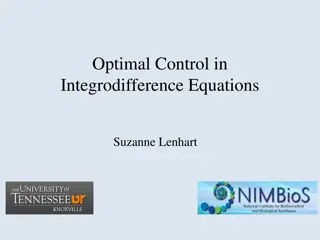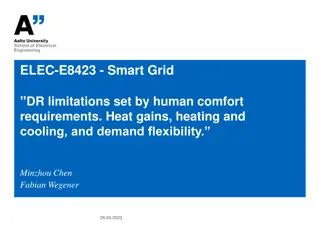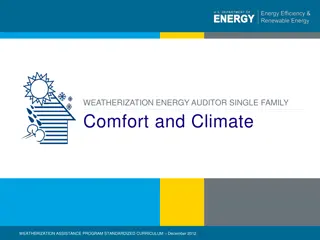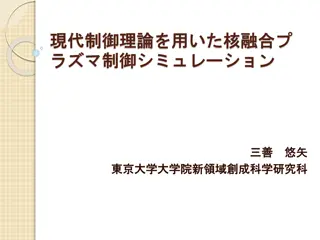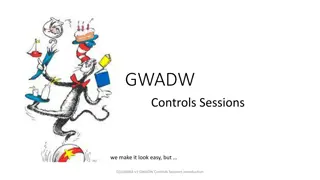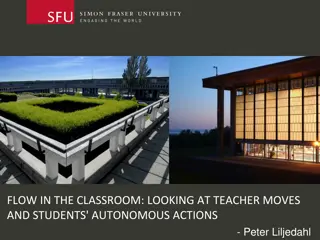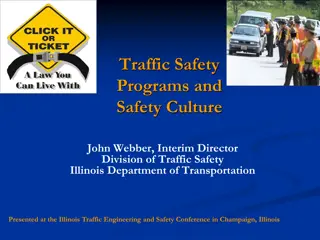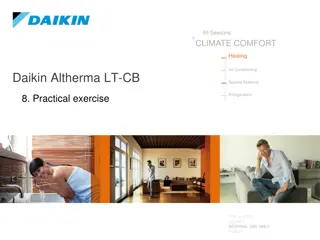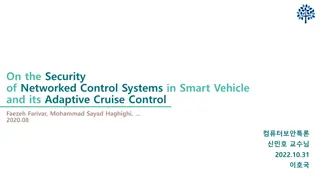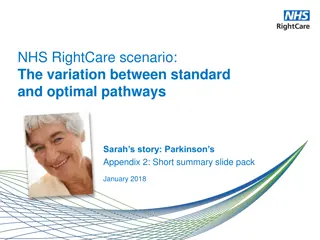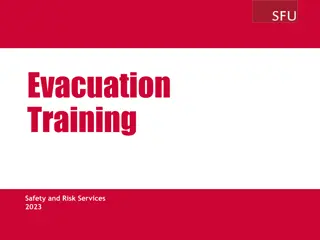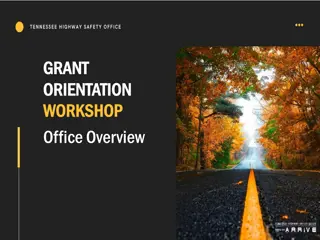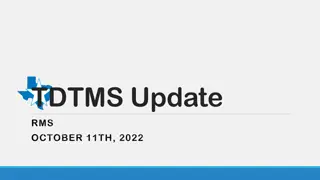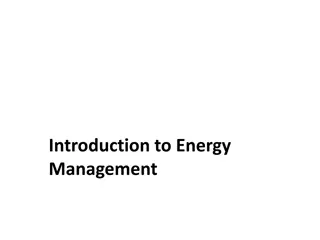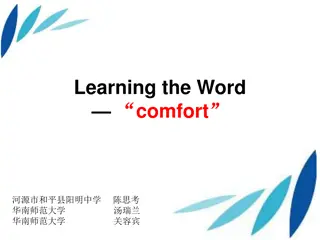Understanding Control Systems for Optimal Occupant Comfort
Explore the essentials of control systems for maintaining occupant comfort, covering topics such as sensors, feedback loops, controlled devices, operational differences between pneumatic and electric actuators, and various types of control systems including pneumatic, electric, analog, and digital. Gain insights into how temperature, humidity, and pressure sensors work, how loads impact control systems in heat gain and loss scenarios, and the importance of sensor feedback in closed-loop systems.
Download Presentation

Please find below an Image/Link to download the presentation.
The content on the website is provided AS IS for your information and personal use only. It may not be sold, licensed, or shared on other websites without obtaining consent from the author. Download presentation by click this link. If you encounter any issues during the download, it is possible that the publisher has removed the file from their server.
E N D
Presentation Transcript
Introduction to Energy Management
Week/Lesson 11 Control Systems for Occupant Comfort
Control Systems for Occupant Comfort Learned Outcome Describe control systems from the functional block perspective Define terms commonly used in the controls industry Explain the characteristics of each control response
Control Systems for Occupant Comfort Give examples of temperature, humidity and pressure sensors Describe how loads affect the control system under heat gain and heat loss conditions State the operational differences between pneumatic and electric actuators
Control Systems for Occupant Comfort The fundamental control loop Final conditions Results of control system s efforts Temperature, humidity, pressure System feedback Provides sensor with data Closed loop
Control Systems for Occupant Comfort Sensors Measure controlled variables Send signal to controller Controllers Analyze input from sensor Send signal to controlled devices
Control Systems for Occupant Comfort Controlled devices Regulate water, steam or air flow Valves and/or dampers Actuators provide physical movement Move manipulated devices Control temperature, humidity and pressure
Control Systems for Occupant Comfort Control system types Self-contained control systems Pneumatic control systems Electric control systems Analog electronic control systems Digital electronic systems
Control Systems for Occupant Comfort Sensors Provide information about monitored condition Need communications paths Analog inputs ( i.e., temperature) Binary inputs ( i.e., ON-OFF)
Control Systems for Occupant Comfort Temperature sensors Single point or averaging Bulb and capillary Bimetal/Rod and tube Sealed bellows Thermocouple, resistance, thermistors
Control Systems for Occupant Comfort Pressure sensors Low or high pressure ranges Psig, psia or inches of water column Piez-resistive sensing New electronic technology Micromachined silicon diaphragms
Control Systems for Occupant Comfort Controllers Create system response Two-position Open/closed, ON/OFF Operates with a differential Set point overshoot
Control Systems for Occupant Comfort Two-position with anticipation Prevents set point overshoot Falsely loads thermostat Floating Gradual, continuous action Used in systems with slow load changes
Control Systems for Occupant Comfort Proportional control Relationship between controller and controlled device Proportional band Range of controlled variable Controlled device open or closed Offset = control point set point
Control Systems for Occupant Comfort Proportional plus integral control Maintains set point (minimum offset) Automatic reset Proportional plus derivative control Maintains set point Overshoot is eliminated
Control Systems for Occupant Comfort Controlled devices Valves water and steam flow devices Dampers air flow devices Made up of: Actuators causing physical movement Manipulated devices moved by actuators
Control Systems for Occupant Comfort Valves Two way straight through flow Three way straight through flow with bypass and mixing capabilities Normally closed/normally open Normal position is the fail-safe position
Control Systems for Occupant Comfort Dampers Parallel blade/opposed blade Normally open/normally closed Outdoor damper Fail-safe is normally closed Prevents freezing air from entering the space
Control Systems for Occupant Comfort Actuators for valves and dampers Provide force to stroke the manipulated device Must overcome pressure differences Must overcome frictional forces Pneumatic (air) or electric
Control Systems for Occupant Comfort HVAC processes Control agents heating, cooling, humidifying, dehumidifying Operations Regulation valves and dampers Automatic controls regulate flows
Control Systems for Occupant Comfort Final conditions Results of control system efforts Should be within desired tolerances Feedback System feedback Transmits data to the sensors
Control Systems for Occupant Comfort Closed loop systems Feedback controls the HVAC process Sensors measure final conditions Open loop systems Used to correct for load changes Sensor does not monitor the final conditions
